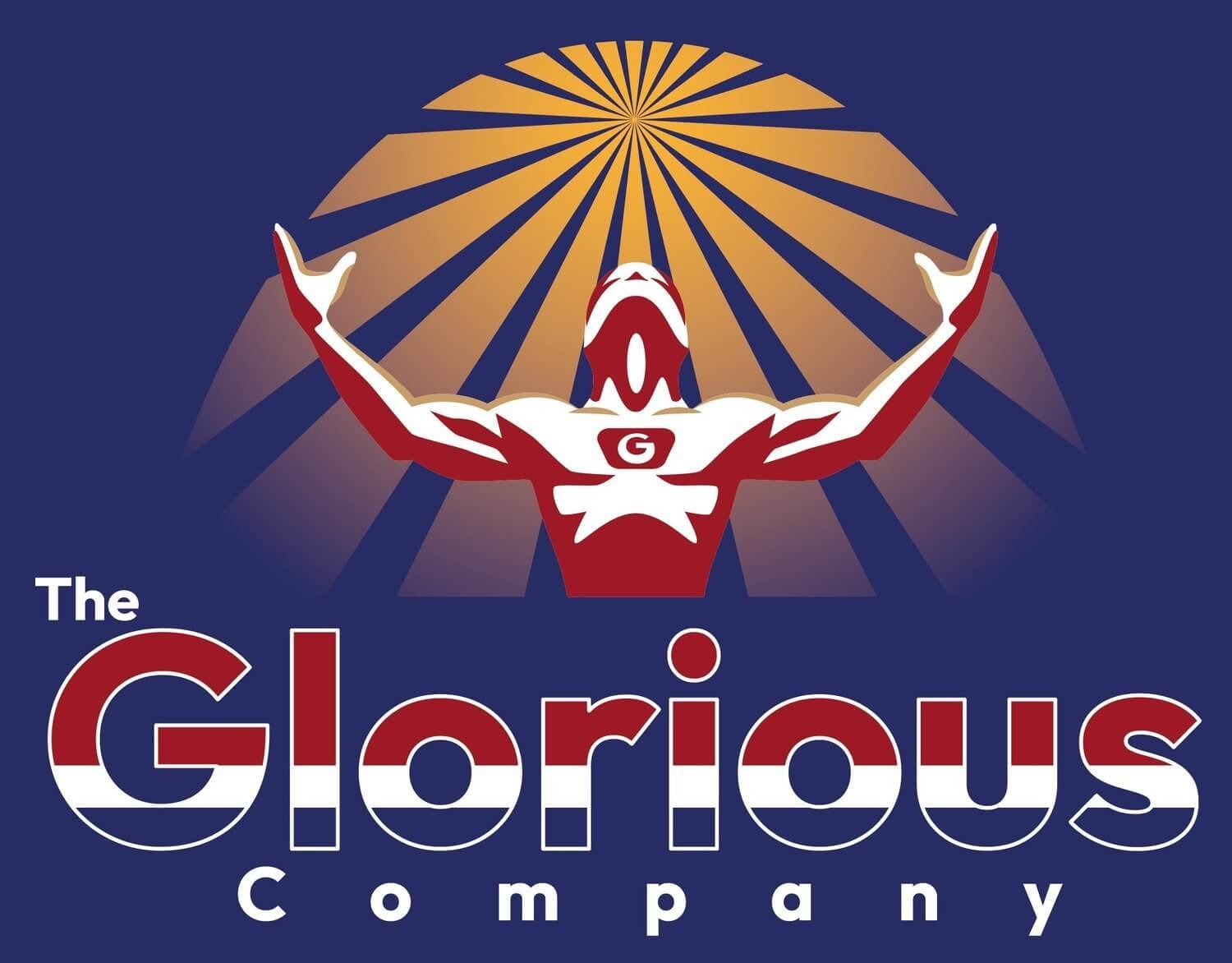
thegloriouscompanyltd | สล็อตเว็บตรง API สล็อต เว็บลิขสิทธิ์แท้100%
Your SEO, content strategy, and digital marketing campaigns tailor-made for your brand.
Small and mid-size businesses and big corporations trust us to constantly drive more organic traffic and conversions to their websites.
WHAT WE DO
The Glorious Company is a digital content marketing agency that carefully crafts content strategies that produce more leads, customers, and conversions. We use insightful keyword research, SEO, and competitor analysis to achieve this. Our team is made up of strategists, marketers, SEOs, and copywriters.
We’re obsessed with:
- Understanding your audience and clients
- Keyword research
- Devising content strategy
- Executing by writing and creating brilliant content
- Increasing your ranking organic keywords and organic traffic
- Optimizing your conversion rate
We work with clients in the tech, SaaS, fintech, marketing, and internet industries.
B2Bs and B2Cs rely on us to run their content marketing campaigns with great success.
Our Services
Content Strategy
SEO
Competitor Analysis
Understanding client business models
Pillar pages
Topic clusters
Videos
Email campaigns
White papers
Social media copy
Infographic scripts
Ghostwriting
Blog posts
Articles
Copywriting
Website copy (homepages, landing pages, services pages)
Ebooks
Case studies

Brands We Work With
Big Commerce
Services Provided: SEO, Copywriting, Copyediting, Ghostwriting
Hootsuite
Services Provided: SEO, Content Strategy, Competitor Analysis, Articles
Wix
Services Provided: SEO, Content Strategy, Blog Posts
Taboola
Services Provided: Articles, Email Campaigns
Shopify
Services Provided: SEO, Content Strategy, Blog Posts
Elementor
Services Provided: Backlink Campaigns
PHLEARN
Services Provided: SEO, Content Strategy, Articles
OptinMonster
Services Provided: Ghostwriting
YML
Services Provided: Articles, Ghostwriting
Mother Tongue
Services Provided: Competitor Analysis
HERE Technologies
Services Provided: Blog Posts
LogMeIn
Services Provided: SEO, Articles
Robosoft Technologies
Services Provided: Ebooks, Blog Posts
Adobe
Services Provided: Content Strategy, Copywriting, Ghostwriting

















